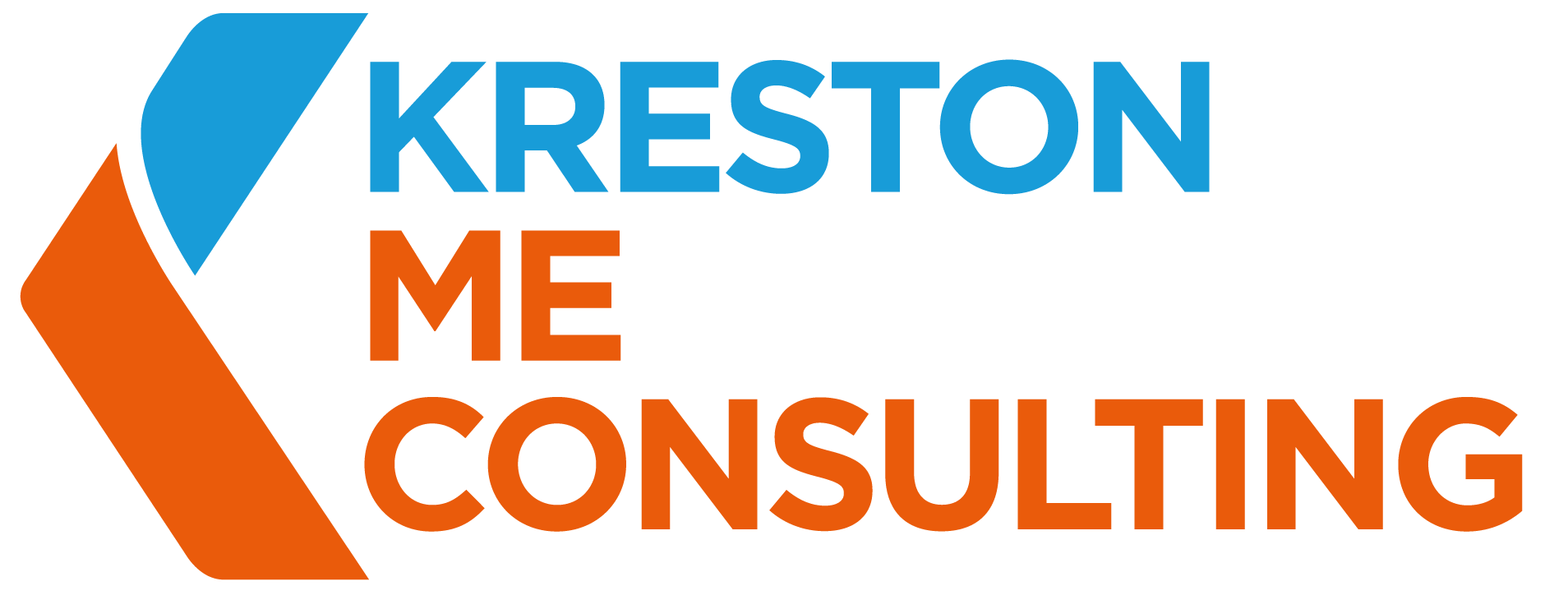Introduction
XYZ Corporation, a leading global technology company, sought to expand its operations and enter a new market segment. Before committing substantial resources to this venture, they recognized the importance of conducting a comprehensive feasibility study. The study aimed to assess the viability of the expansion, evaluate potential risks, and provide valuable insights to inform their decision-making process.
Objectives
- Determine the market feasibility: Evaluate the target market’s size, growth potential, competitive landscape, and consumer preferences to assess the market’s attractiveness and identify potential opportunities.
- Assess commercial feasibility: Analyze the commercial aspects of the expansion, including pricing strategies, distribution channels, and potential partnerships, to determine the feasibility of successfully entering and competing in the market.
- Evaluate operational feasibility: Assess the operational requirements, infrastructure needs, and resource allocation necessary to support the new venture effectively. Identify any operational challenges or bottlenecks that may impact the feasibility of the expansion.
- Conduct financial feasibility analysis: Perform a detailed financial analysis, including cost-benefit analysis, revenue projections, capital budgeting, and return on investment calculations, to determine the financial viability and profitability of the expansion.
- Identify risks and mitigation strategies: Identify and assess potential risks associated with the expansion, such as regulatory challenges, market volatility, and operational risks. Develop comprehensive risk mitigation strategies to minimize potential negative impacts.
Methodology
The feasibility study employed a robust methodology to ensure accurate and reliable results. The following steps were undertaken:
• Market research: Extensive market research was conducted to gather data on the target market, including market size, growth trends, consumer preferences, and competitive analysis. Surveys, interviews, and industry reports were utilized to obtain a comprehensive understanding of the market dynamics.
• Commercial analysis: Detailed analysis of the commercial aspects was conducted, including pricing strategies, distribution channels, and potential partnerships. Market entry barriers and competitive advantages were evaluated to assess the feasibility of capturing market share.
• Operational assessment: An in-depth evaluation of the operational requirements was conducted to determine the necessary infrastructure, resources, and capabilities needed to support the expansion. Operational challenges and potential bottlenecks were identified and addressed.
• Financial analysis: A thorough financial analysis was performed, considering all costs associated with the expansion, revenue projections, and profitability measures. Various financial metrics, such as net present value (NPV), return on investment (ROI), and payback period, were calculated to determine the financial feasibility of the venture.
• Risk assessment and mitigation: Potential risks were identified through a comprehensive risk assessment process. Each risk was analyzed in terms of its potential impact and likelihood of occurrence. Mitigation strategies and contingency plans were developed to minimize the identified risks.
Findings and Recommendations
Based on the findings of the feasibility study, the following recommendations were made to XYZ Corporation:
• Market entry: The target market showed significant growth potential, with favorable consumer preferences and a relatively low level of competition. It was recommended to proceed with the expansion, leveraging the identified market opportunities.
• Strategic partnerships: Forming strategic partnerships with local distributors and suppliers was deemed essential to establish a strong presence in the market and facilitate efficient distribution channels.
• Operational considerations: Proper allocation of resources, investment in infrastructure, and recruitment of skilled personnel were recommended to ensure smooth operations and overcome potential operational challenges.
• Financial viability: The financial analysis indicated positive financial feasibility, with projected revenues exceeding costs and attractive return on investment. It was advised to closely monitor financial indicators and adjust strategies accordingly.
• Risk mitigation: A comprehensive risk mitigation plan was developed, including proactive monitoring of regulatory changes, diversification of customer base, and contingency plans for potential market fluctuations.
Conclusion
The feasibility study provided XYZ Corporation with valuable insights into the viability of their expansion plans. The study confirmed the market potential, identified operational requirements, assessed financial feasibility, and recommended strategic actions to ensure the success of the venture. With the comprehensive understanding gained through the study, XYZ Corporation made an informed decision to proceed with confidence, laying the foundation for a successful market entry and long-term growth.
